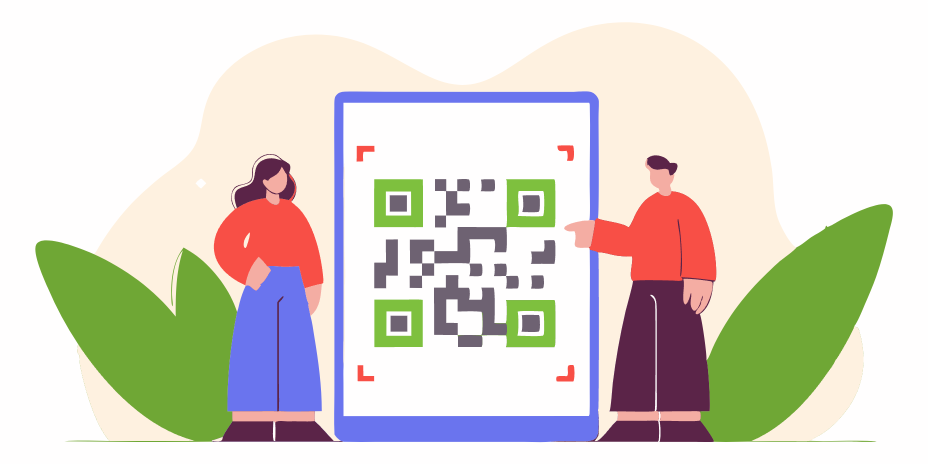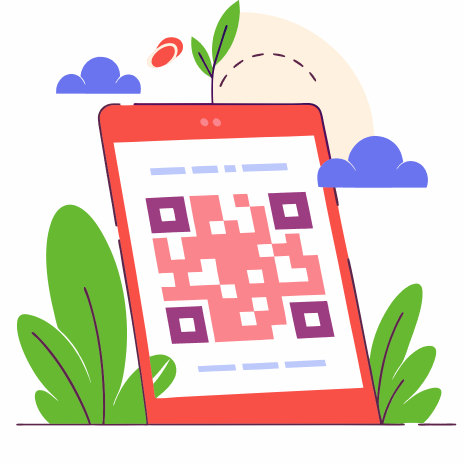From POSTERS TO PIXELS: How QR codes are transforming marketing campaigns

The world of advertising and marketing has been changing constantly over time. In the past, ads in the newspaper or the billboards on the streets were how branding was identified. But in today's digital world, a small QR code is telling a big story of change. The QR code has left the traditional marketing techniques behind and introduced a new interactive, data-driven, and user-friendly option for the user.
What is a QR code? A QR code is a quick response code, which is the type of barcode that can be read using a smartphone camera or scanning apps. This code takes the user directly to a website, video, social media page, or payment platform or to specific content. Its biggest advantage is that it saves the user from having to manually type in a URL or go through a long process of entering data.
Limitations of traditional methods like posters, brochures, templates, and TV ads are that they are often one-sided. Customers watch the ads, but they have to put in effort to engage, like visiting a website, making a call, or going to a store. This process can lower customer interest, causing brands to lose potential customers.


Also, it is hard to measure return on investment with these traditional methods, as it is very difficult to know which ad attracted how many people and which location got the best response.
Revolutionary change with QR codes gives marketing a new dimension. When a QR code is added to a poster, flyer, or banner, it becomes more than just an ad; it turns into a direct-action gateway. For example, a QR code on a product poster lets customers scan it and go directly to the product's order page. A QR code on an event flyer allows a person to scan it and fill out the registration form right away. A QR code stuck on a cafe table lets customers scan it to view the menu and even place an order.
One more major benefit of QR codes for companies is tracking and analytics. When a user scans a code, details like time stamp, location, device type, and more can be tracked. This helps companies understand where their marketing campaigns are most effective and how much traffic is coming from which platform.
Nowadays QR codes are not just black and white squares; they can be designed according to branding, like adding a brand logo, changing colours, and creating animated quotes. This not only grabs attention but also enhances the user experience.
Use of QR Codes in Various Industries
- Retail and E-commerce: Customers scan QR codes in stores to access special offers, coupons, or product information.
- Education: Schools and colleges use QR codes to share study notes, video lectures, assignments, and feedback forms.
- Healthcare: Hospitals are increasingly using QR codes for patient reports, doctor appointments, and vaccination certificates.
- Event Management: QR codes have become the most reliable way to manage digital tickets, live stream links, and event check-in processes.
QR codes can be easily misused, so nowadays companies are using secure QR codes that are encrypted and can only be read by authorized apps. This builds trust among consumers and strengthens the brand image.
Outcome
Overall, QR codes have shifted the marketing world from posters to pixels. They not only make promotions digital but also make connecting with consumers easier, more effective, and smarter. Brands that adopt this technology not only stay modern but also stay ahead in competition. In the future, QR codes will be able to provide even more intelligent and customized experiences; that's the next generation of marketing.


